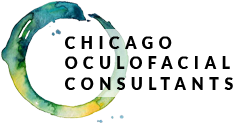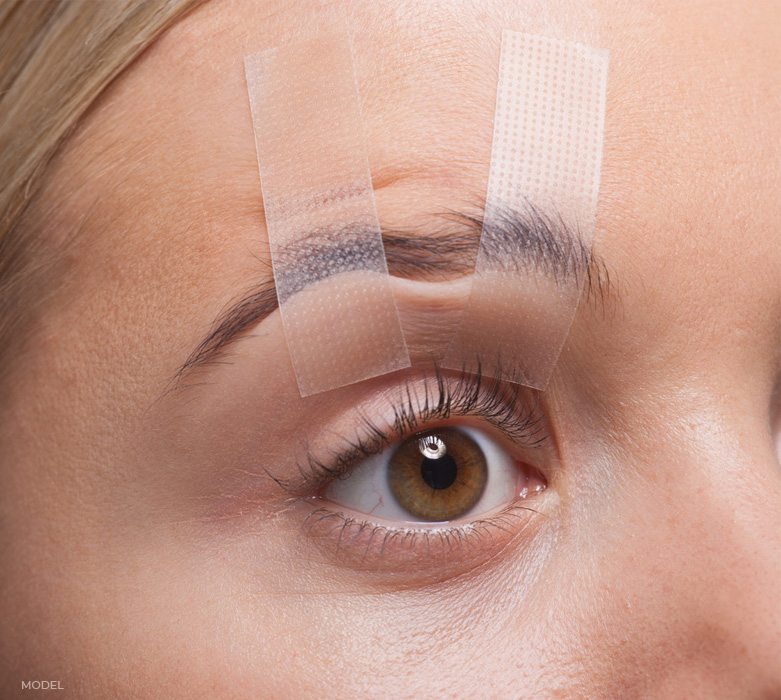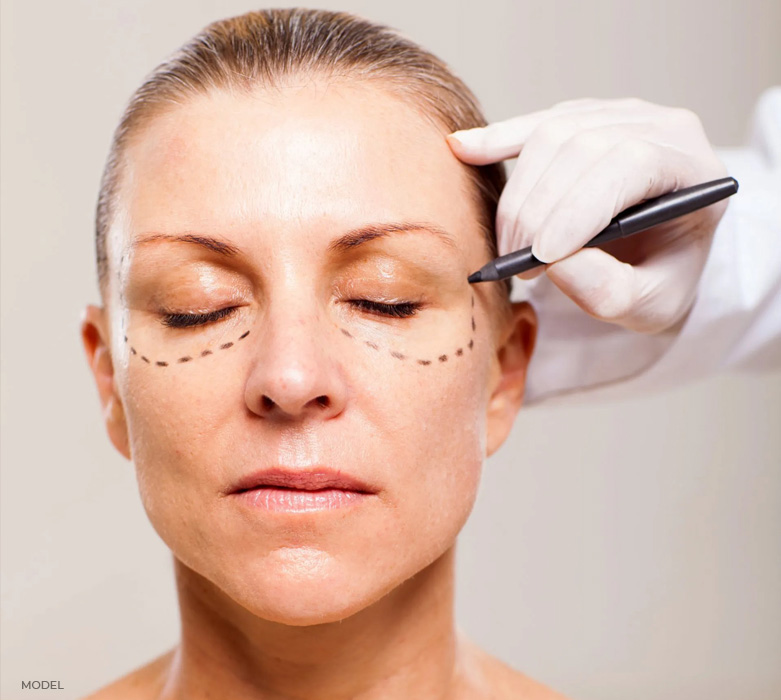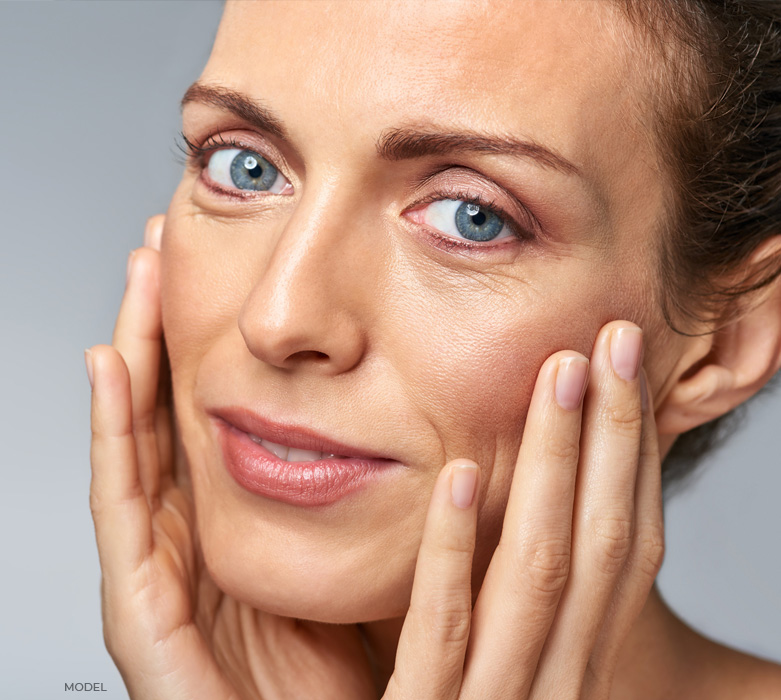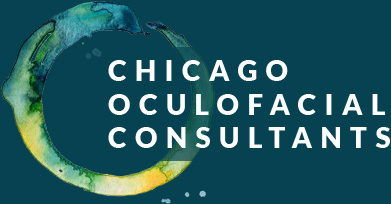Eyelid Surgery
At Chicago Oculofacial Consultants, board-certified ophthalmologist Dr. Kenya Williams offers personalized eyelid surgery for patients across the Chicago area. Eyelid surgery with Dr. Williams offers patients an avenue to a rejuvenated, alert, and refreshed look.

